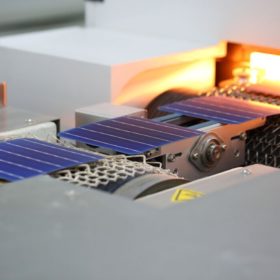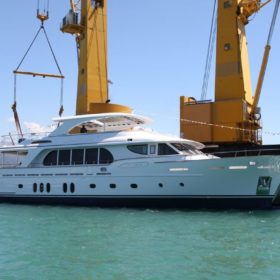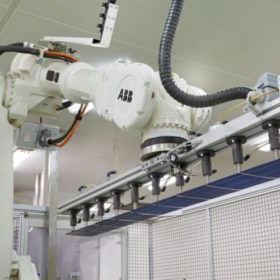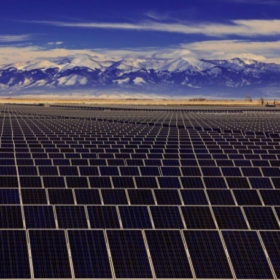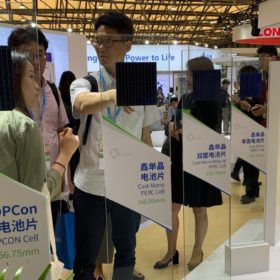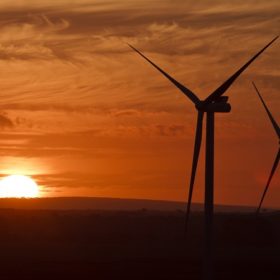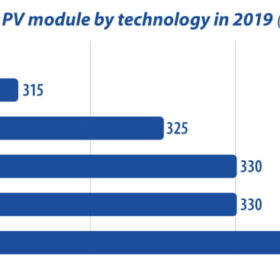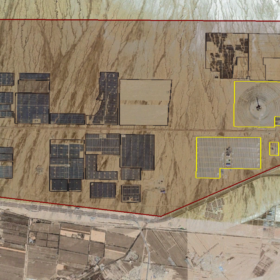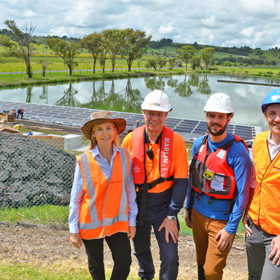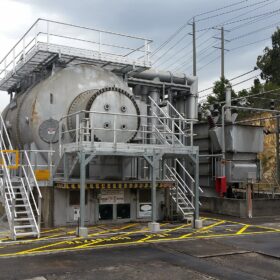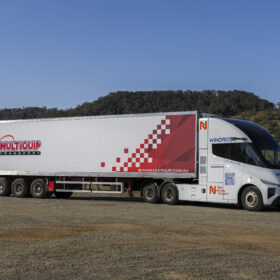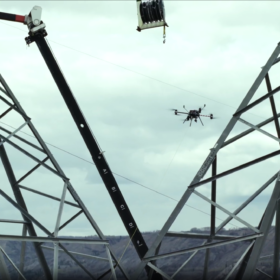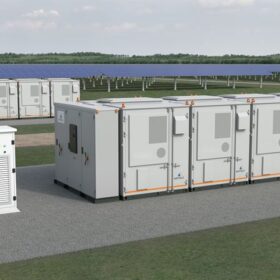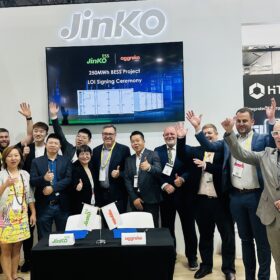Is PERC still bankable?
Light-induced initial degradation in PERC modules is currently a subject of intense discussion, but tests at PI Berlin have shown that the problem is solvable. Founder and CEO Paul Grunow explains the effects, the approach, and the results.
Growing interest in energy storage for maritime applications
The Electric and Hybrid Marine World Expo in Amsterdam last week highlighted growing interest in storage technology from the sea vessel industry. Leading global battery manufacturers had their latest charging technologies on display, catering to rising demand for clean, efficient electric and hybrid marine systems.
Long read: Past and future glories for PV cell, module makers
Since 2009, when production capacity expansions began to outstrip demand for the first time, prices all along the solar supply chain fell, and have continued to do so almost continuously ever since. Simon Price, CEO of Exawatt, argues that solar is no longer in the ‘cost reduction era,’ and is now entering its ‘performance driven era,’ in which the goal for manufacturers is high performance at an acceptable cost, rather than acceptable performance at the lowest cost.
An overview of the world’s largest solar power plants – 3
In the third of a series of four blogs, solar pioneer Philip Wolfe lists the world’s largest solar power plants. In these articles, a ‘solar plant’ is defined as an individual generating station.
Cell and module prices falling in China
Taiwanese analyst Energytrend saw prices for high power products fall over the past week, but so far only in China. That trend could be replicated around the world next week, however.
Energy sector gets first open-source, tailor-made blockchain
A public enterprise grade energy blockchain has powered up with the promise to accelerate a low-carbon, distributed electricity future. For the first time, energy sector companies are hosting validator nodes on a decentralized network as they seek to adapt to a more digitalized and decentralized energy system.
Solar, storage and wind can keep us on track as far as 2030
This year’s New Energy Outlook report by Bloomberg New Energy Finance predicts renewables can keep us on track for less than two degrees of global heating for the next decade. But after that, other technologies will have to do their bit.
The sun rises on the bifacial module market
With market penetration exceeding expectations in 2018, bifacial technology is set to account for one third of global solar module production by 2022, writes Edurne Zoco, Research Director at IHS Markit. Bifacial and half-cell technologies are rapidly gaining momentum due to their improvements in power output, along with their low implementation barriers and minimal capex requirements.
An overview of the world’s largest solar parks – 2
In the second of a series of four blogs, solar pioneer Philip Wolfe lists the world’s largest solar parks. In these articles, a ‘solar park’ is defined as a group of co-located solar power plants.
Long read: Floating PV’s watershed moment
With PV’s cost declines, the growing question is: where to put it all, particularly in densely populated areas. Ingenuity to the rescue – a technology that took its first steps in 2007 is entering full market maturity. And its potential is rather impressive.
